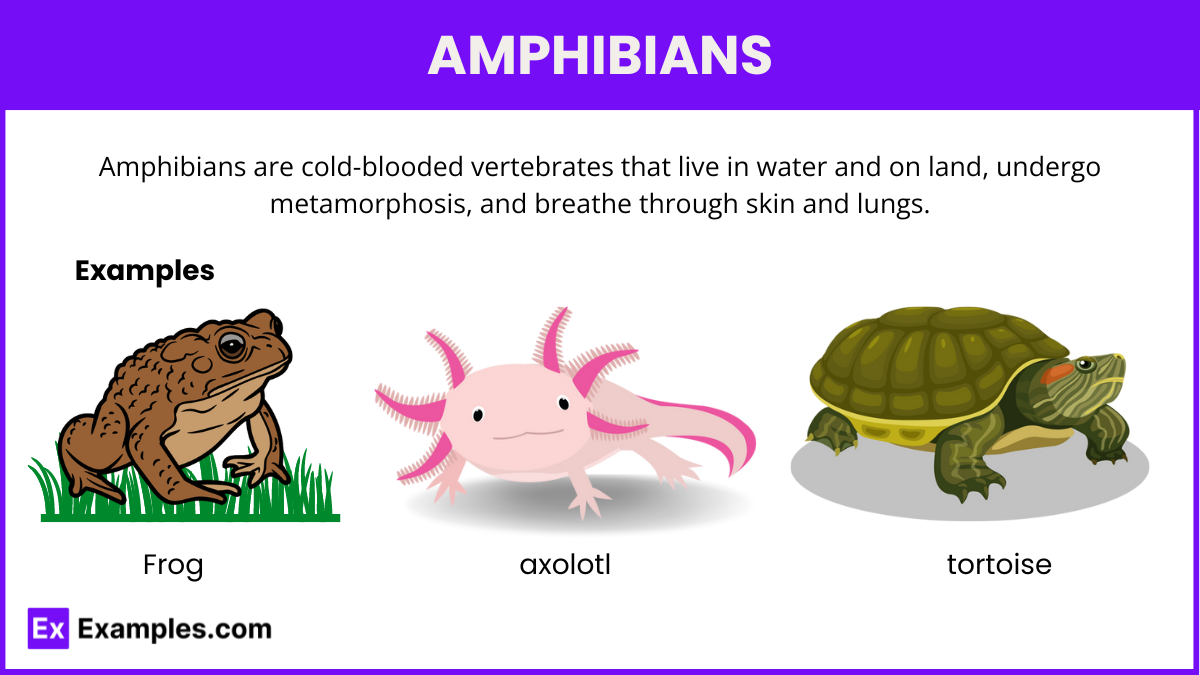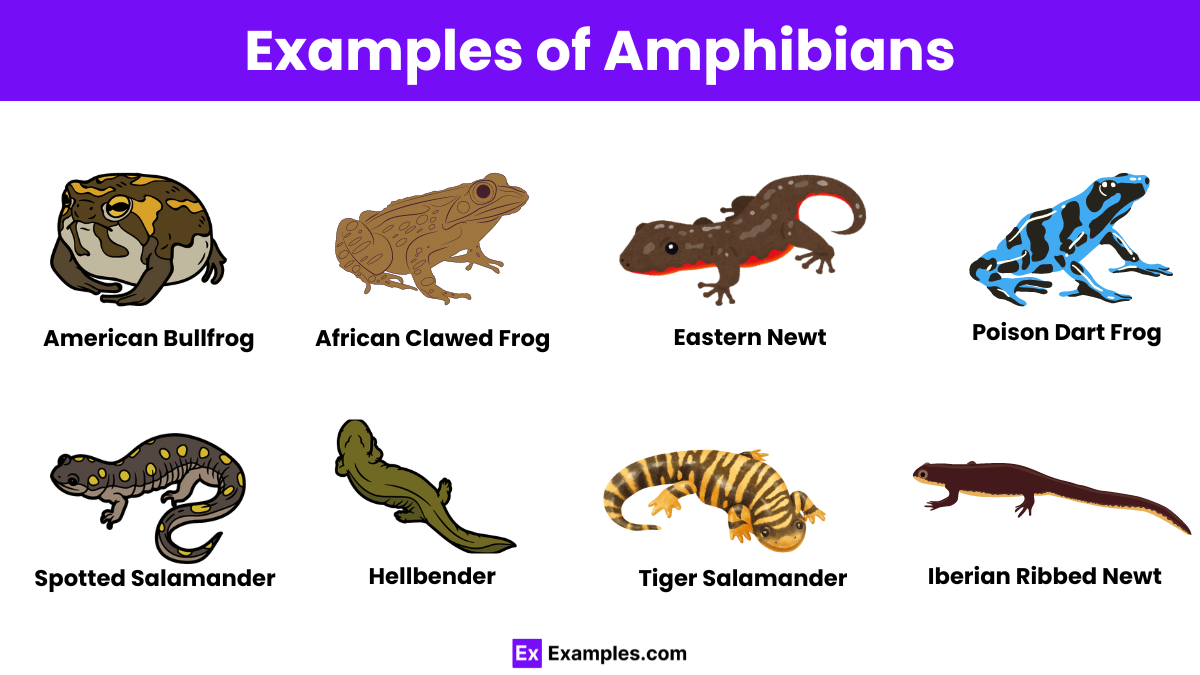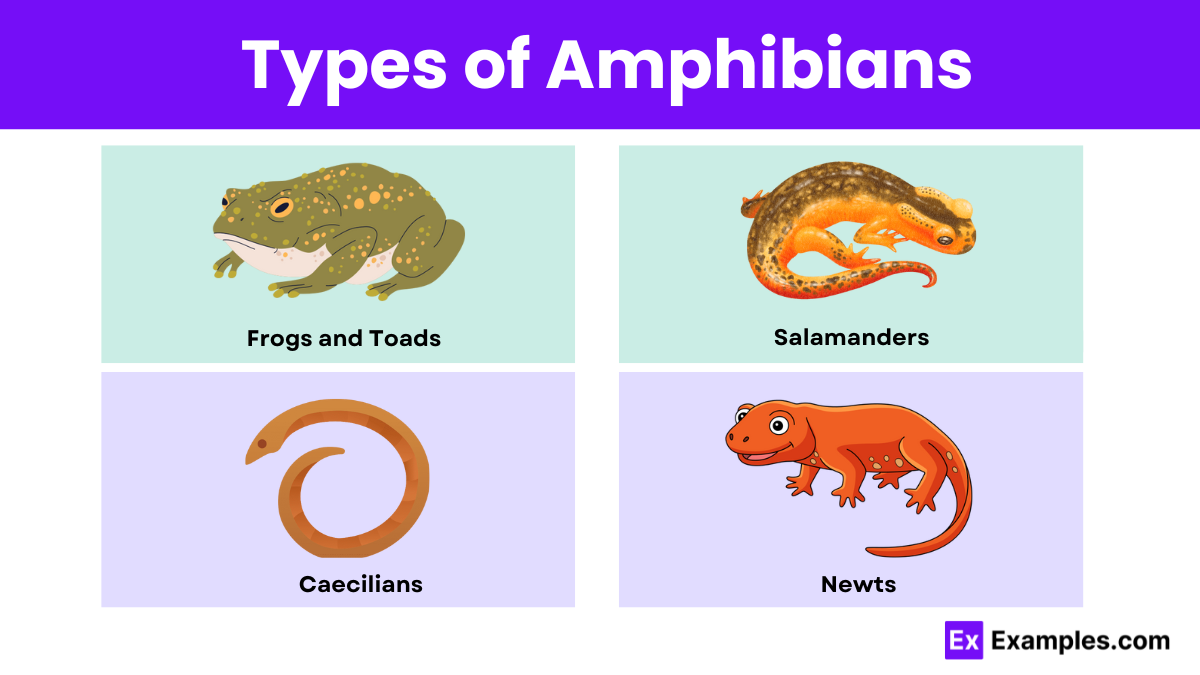Which of the following is a characteristic feature of amphibians?
They have feathers for insulation
They undergo metamorphosis
They exclusively live in water
They lay eggs on land only


Amphibians are a class of vertebrates that include frogs, toads, salamanders, and newts. They are unique for their ability to live both in water and on land. Amphibians typically undergo metamorphosis from an aquatic larval stage to a terrestrial adult stage. Their skin plays a crucial role in respiration, allowing them to breathe through both their lungs and skin. This dual respiratory system is essential for their survival in diverse environments.
An amphibian is a cold-blooded vertebrate that can live both in water and on land. Amphibians, including frogs, toads, and salamanders, undergo metamorphosis from a larval stage to an adult stage. They breathe through their skin and lungs.


Amphibians breathe through their skin, lungs, and, in the larval stage, gills.
Metamorphosis is the transformation from a larval stage to an adult stage.
Moist environments are essential for their skin respiration and egg development.
Adult amphibians are carnivorous, eating insects, worms, and other small animals.
Most amphibians reproduce through external fertilization, where eggs and sperm are released into the water.
Amphibians control insect populations and serve as food for other animals.
Amphibians help control pests, serve in biomedical research, and indicate environmental health.
Many amphibians, especially frogs, use vocalizations to communicate, particularly during mating.
Examples include frogs, toads, salamanders, and caecilians.
Text prompt
Add Tone
10 Examples of Public speaking
20 Examples of Gas lighting
Which of the following is a characteristic feature of amphibians?
They have feathers for insulation
They undergo metamorphosis
They exclusively live in water
They lay eggs on land only
What type of skin do amphibians have?
Scaly and dry
Thick and leathery
Smooth and permeable
Fur-covered
Which of the following is NOT an amphibian?
Frog
Salamander
Lizard
Newt
What is the primary habitat of adult amphibians?
Only terrestrial
Only aquatic
Both terrestrial and aquatic
Only aerial
Which amphibian is known for its ability to regenerate lost limbs?
Frog
Salamander
Toad
Newt
What do amphibians primarily use for respiration during their larval stage?
Lungs
Gills
Skin
Trachea
What type of reproduction do most amphibians exhibit?
Asexual
Internal fertilization
External fertilization
Budding
Which of the following is a major threat to amphibian populations worldwide?
Habitat destruction
Overpopulation
Excessive breeding
Pollution
What is the main diet of adult amphibians?
Herbivorous
Carnivorous
Omnivorous
Detritivorous
Why are amphibians considered important indicators of environmental health?
They are at the top of the food chain
They have a short lifespan
They are sensitive to changes in their environment
They can survive in extreme conditions
Before you leave, take our quick quiz to enhance your learning!

